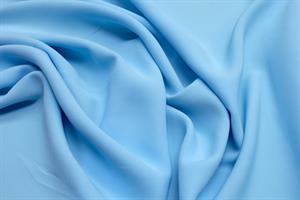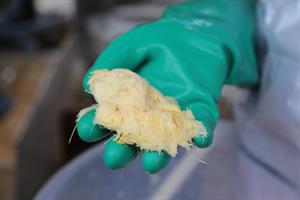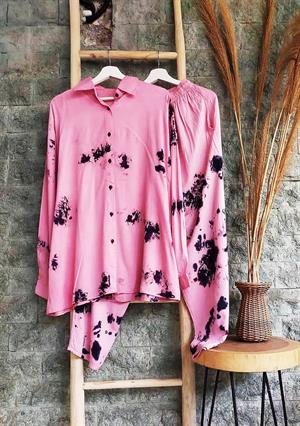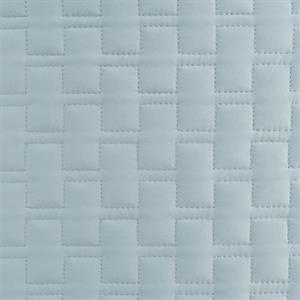
PUMPA - SMART LEARNING
எங்கள் ஆசிரியர்களுடன் 1-ஆன்-1 ஆலோசனை நேரத்தைப் பெறுங்கள். டாப்பர் ஆவதற்கு நாங்கள் பயிற்சி அளிப்போம்
Book Free DemoRayon is made from wood or bamboo pulp (cellulose a natural source) and some chemicals(synthetic substance) added to it such as sodium hydroxide and carbon disulfide, during the manufacturing process makes it a semi-synthetic fibre.

Rayon fabric
Semi-synthetic Fibre:
Rayon was first produced in the 19th century by scientists which is the first artificial silk. In 1946 the first rayon factory in India was established in Kerala.
Rayon as the similar chemical structure to that of cotton but the chain length is shorter. The polymerization in rayon takes place at 400\ °C to 700\ °C where as in cotton it takes place at 5000\ °C .
Preparation of Rayon:
The chemicals added to the pulp dissolves the cellulose and makes it into syrup called viscose. The viscose is then sent through a spinneret (a device made of metal plates with very tiny holes) into a solution of dilute sulphuric acid. This produces threads that are cleaned with soap and dried. This new fibre formed is called as rayon.

Wood pulp
Leftover fibres on cotton seeds after the ginning process makes some types of rayon. Rayon is cheaper compared to silk and can be woven like natural silk fibre.
Properties of Rayon:

Rayon cloth
Rayon is a vey soft, versatile fibre. They are comfortable and are very good absorbent. They have the same properties as that of natural fibre. They can replicate the feel and texture of natural fibres such as silk, cotton, wool etc. The dying process is easy and they have low elastic recovery.
Uses of Rayon:

Rayon bedcover
Rayon can mix with cotton to make bed sheets or wool to produce carpets and home furnishing products. Rayon is also found in sanitary products, diapers, bandages and gauze for dressing wounds. The advantage of rayon is that they are highly absorbent, durable, inexpensive etc. The disadvantage is that they are weakens when wet, wrinkles, stretches and shrinkers on washing.